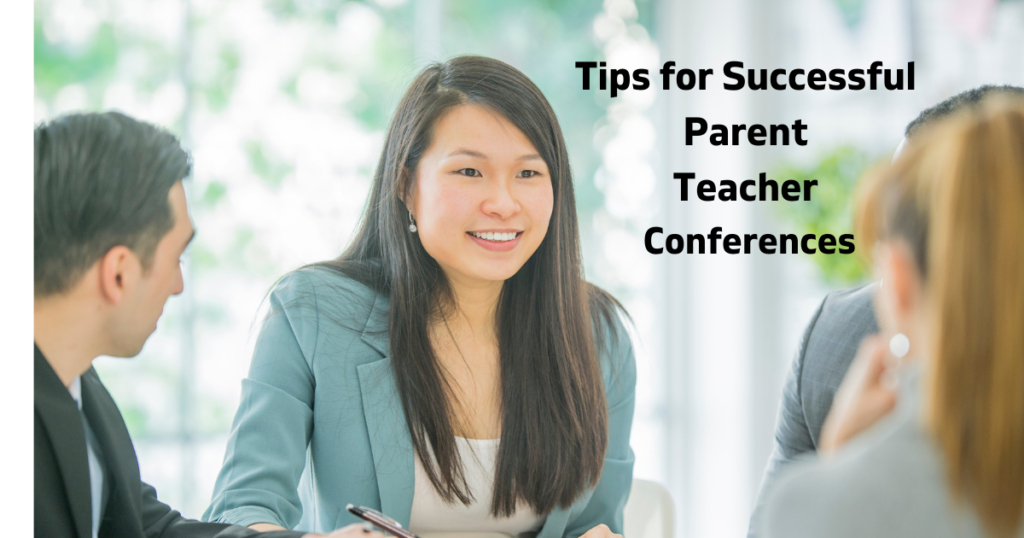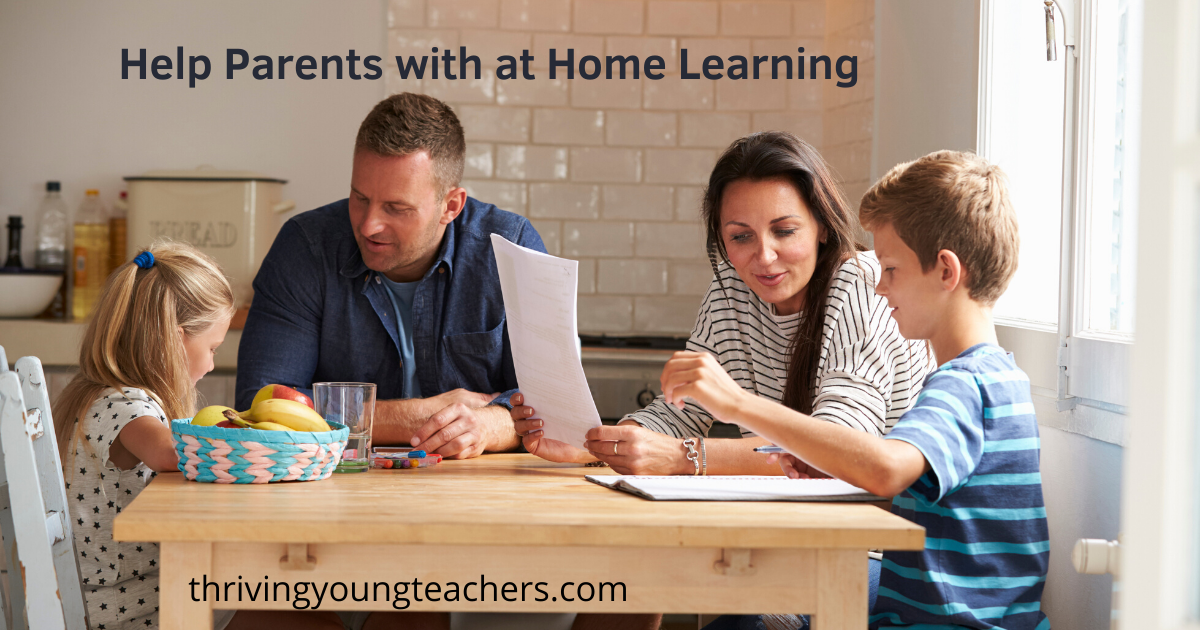
It’s time for parent-teacher conferences. Are you ready?
Good conferences help both teachers and parents gain insight into a student’s academic and social progress, strengths and challenges. Think of it as an opportunity to grow in knowledge about the multifaceted dimensions of your students.
Here are some good reminders as you prepare for conferences:
1.Take conference preparation seriously. Plan what you want to say about each student. Highlight both strengths and opportunities for growth. Being prepared will go a long way towards assuring parents that you are professional and competent. Our free template below will help you to think about the kind of information you should be gathering.
2. Greet parents, and if you haven’t met previously, introduce yourself.
3. Start conferences with a positive comment about the student. It reassures parents that you know their child well.
4. Listen to parents’ comments and concerns. Conferences should be a two-way street, not a one-way presentation from the teacher.
5. Be ready to share data such as test scores, examples of daily work or portfolios. Explain how grades are derived and if applicable, remind parents how to use the grade portal.
6. When discussing a student’s behavior, try to be objective and specific. Consider the following:
What, specifically, does the behavior look like in your classroom?
How often does the behavior occur?
How does this behavior impact the learning of the student?
What interventions have you tried and how has the student reacted?
Are their additional resources could help the student to be more successful?
7. Never make conferences the first time you bring up serious concerns about a student. Imagine how you would feel if you thought things were going well with your son or daughter and show up at school only to find they are failing or presenting severe behavior challenges. If you have major concerns about a student, make parent contact before conferences.
8. Given parents specific examples of ways they can help their child at home. Encourage parents to ask their child about homework or projects.
9. Try to keep to the time schedule, however limited it may be. If you need more time, schedule another meeting.
10. Though it is not common, sometimes a conference becomes non-productive due to overly aggressive or abusive parents. If this happens, stop the conference. Explain that since the conference is not productive it will be rescheduled at a later date with an administrator, additional teacher or a guidance counselor present. Ask the parents to leave and promise to follow up to schedule another meeting.
Parent-teacher conferences are an opportunity to work together with parents to enhance student learning. You share the common goal of student success. Working together will allow you to be open to ways you can best bring about student growth.
We wish you well as you embark on your conferences,
Paula and Michele

 We recently asked teachers in our
We recently asked teachers in our 


 Today we are sharing a guest post written by Carolyn Wiezorek. Carolyn left a position she loved as a university professor with a passion for teaching and a calling to change the system of education. Her first stop took her back to teaching a 4th grade classroom in a Title 1 school. While she only stayed one year, she learned valuable lesson that will contribute to her efforts in making school better for all. We think she has great insight into what teaching looks like and how to do it well.
Today we are sharing a guest post written by Carolyn Wiezorek. Carolyn left a position she loved as a university professor with a passion for teaching and a calling to change the system of education. Her first stop took her back to teaching a 4th grade classroom in a Title 1 school. While she only stayed one year, she learned valuable lesson that will contribute to her efforts in making school better for all. We think she has great insight into what teaching looks like and how to do it well. Carolyn Wiezorek is a former classroom teacher, education professor and coach. She is currently principal of a private school in Dubuque, Iowa.
Carolyn Wiezorek is a former classroom teacher, education professor and coach. She is currently principal of a private school in Dubuque, Iowa.